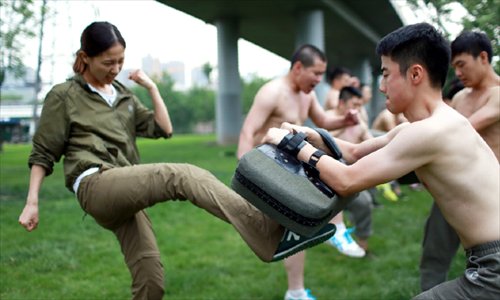
The effectiveness of online bodyguard courses ultimately depends on various factors, including the quality of the course content, the level of interaction and engagement provided, and the commitment of the individual learner. While online Bodyguard courses can offer a convenient way to acquire knowledge and skills, they may lack certain aspects of hands-on training and real-world experience that are integral to becoming a proficient bodyguard.
One of the primary advantages of in-person training is the opportunity for practical, hands-on learning. In traditional Bodyguard courses, students have the chance to participate in scenario-based exercises, learn defensive tactics, and practice surveillance techniques in controlled environments. This hands-on experience allows students to develop critical skills and instincts that are difficult to replicate in an online setting.

Furthermore, in-person training often provides direct access to experienced instructors who can offer personalized feedback and guidance. Being able to interact face-to-face with instructors and peers enables students to ask questions, seek clarification, and receive immediate feedback on their performance. This level of interaction fosters a deeper understanding of the material and promotes skill development in ways that online courses may struggle to replicate.
However, it would be remiss to discount the advantages offered by online bodyguard courses. Online platforms can provide access to high-quality educational resources, including video lectures, reading materials, and interactive simulations. These resources can be accessed at any time, allowing students to learn at their own pace and review material as needed. Additionally, online courses may be more accessible to individuals who are unable to attend in-person training due to geographical constraints or scheduling conflicts.
Moreover, some online courses incorporate elements of virtual reality (VR) technology, offering immersive training experiences that simulate real-world scenarios. While these simulations may not fully replicate the intensity of live training exercises, they can still provide valuable opportunities for students to practice decision-making skills and tactical responses in a controlled environment.





































































